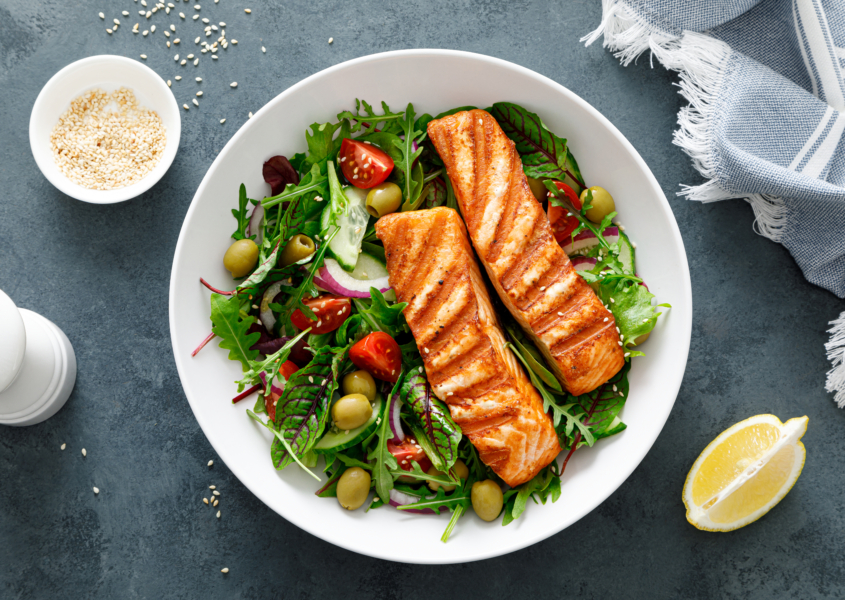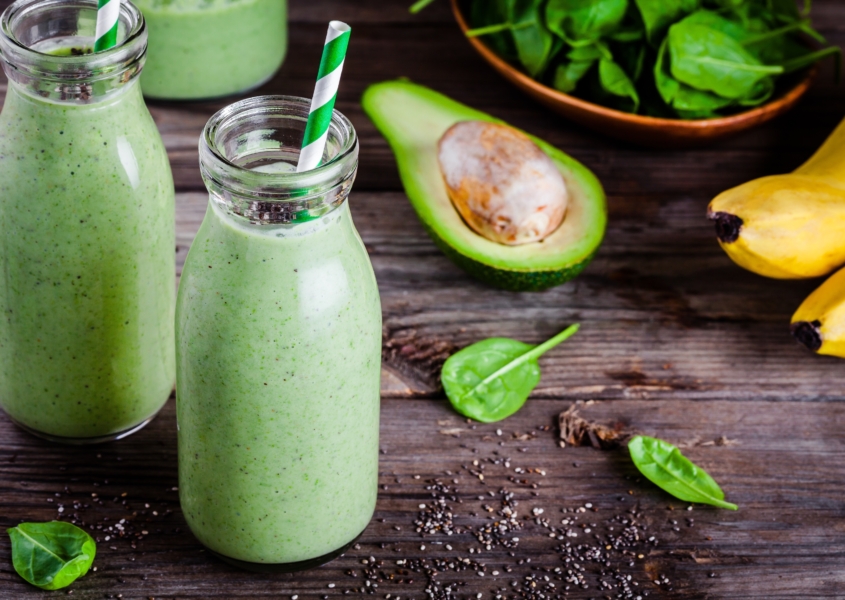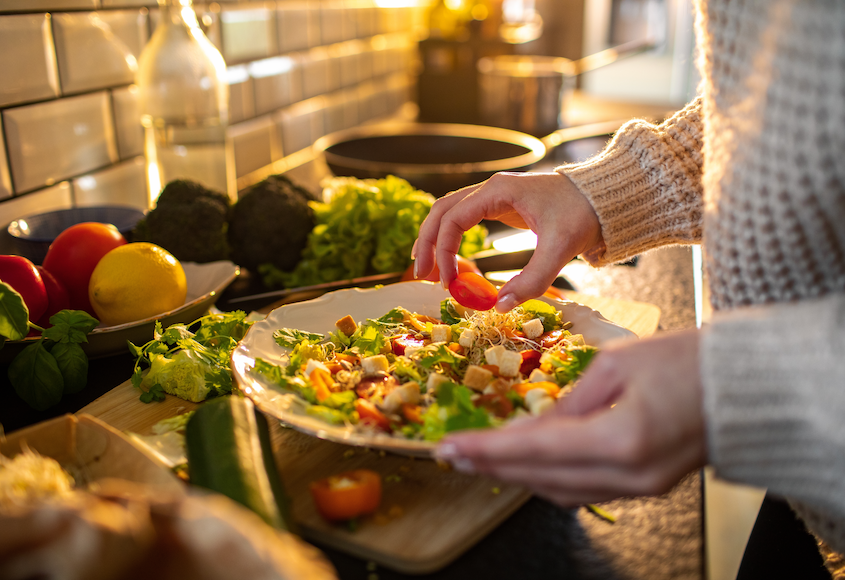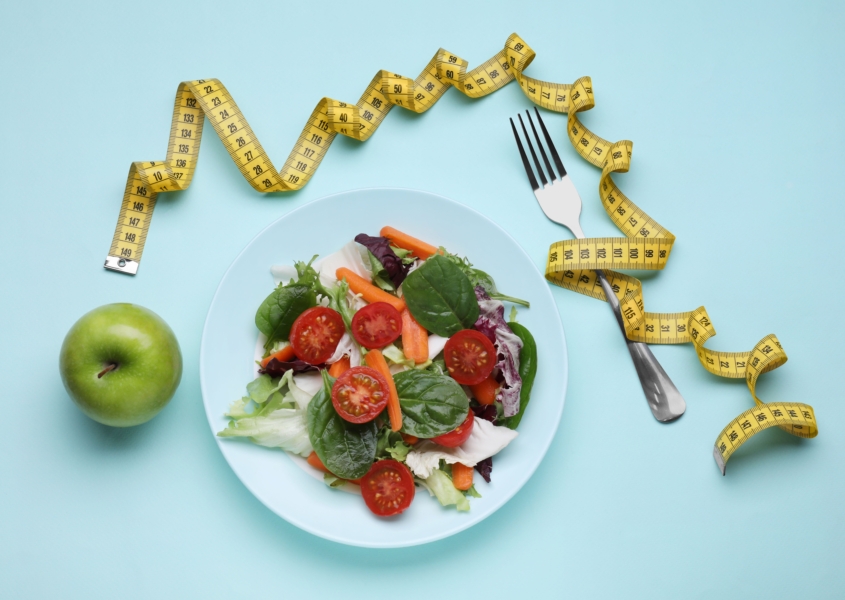Maintaining a healthy diet is crucial for overall well-being and disease prevention. Two popular diets that have gained attention for their health benefits are the DASH (Dietary Approaches to Stop Hypertension) diet and the Mediterranean diet. In this comprehensive comparison, we will explore the similarities and differences between these two dietary approaches and delve into their potential impact on health.
Learn More
Locally Owned
All Chefs For Seniors locations across the US are independently owned and operated. When you choose Chefs For Seniors, you are supporting small business owners in your local community.










 Pexels
Pexels